Surroundings
The region Limousin is located in the heart of France and is not very well known by the Dutch. Limoges is the capital of the Limousin region and of the Haute-Vienne department. To this day, the city is known for its porcelain.
Those who love peace, nature and the French countryside, then the Limousin is a perfect destination. In the summer it can be quite warm, but because it is relatively close to the ocean, it is a bit milder here than in Provence, for example. The landscape is nicely balanced and quite spectacular in places. It is therefore very suitable for sporting activities such as horseback riding, golf, hiking and thanks to the rolling landscape, cycling is also possible. The region also has a lot of water in the form of lakes and rivers and you can enjoy water sports there. In addition, it is never very busy, so it's your turn again in no time!
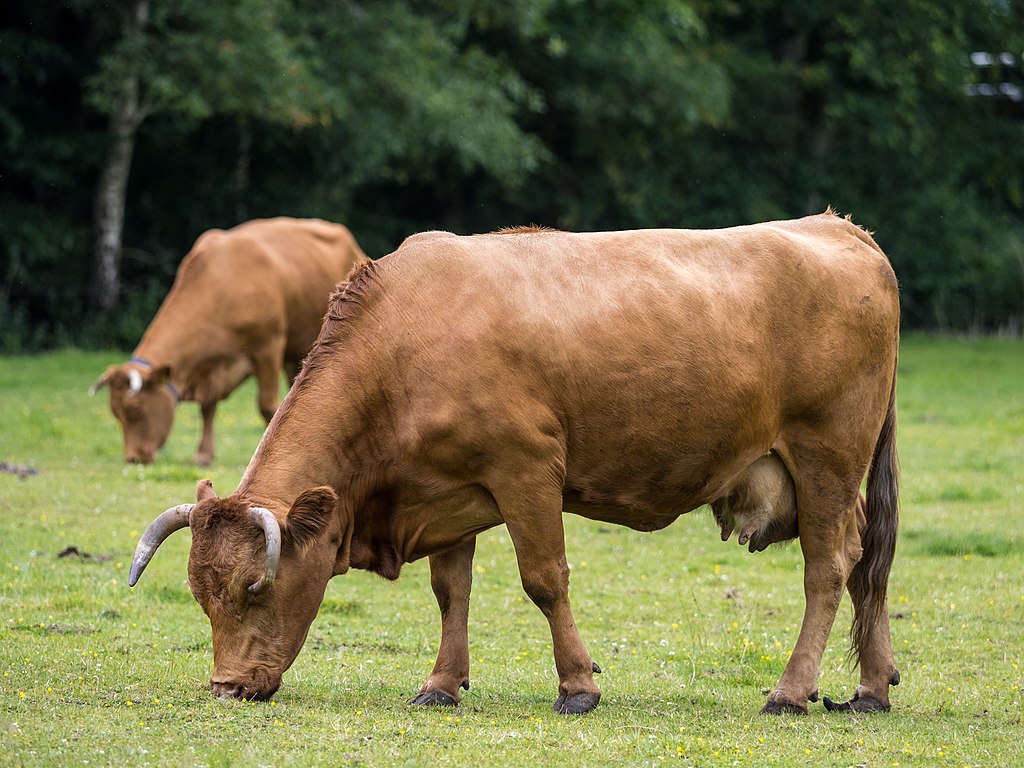
The villages and towns are cozy and full of historic buildings. These are also the places where you can enjoy perhaps the most attractive of the Limousin; the kitchen. You can eat terribly delicious food here, just think of those delicious cows.
In the eighteenth century, exceptionally good clay was found in the Limousin that could be used to make porcelain. They will do so and Limoges develops as the center of this expensive pottery. Even today, the porcelain from this city is of exceptional quality and you can admire all this beauty in the national porcelain museumIt is another very nice museum is the Musée des beaux-arts where, in addition to an extensive enamel collection, they also have interesting ancient Egyptian art. You don't really expect that in a French provincial town.
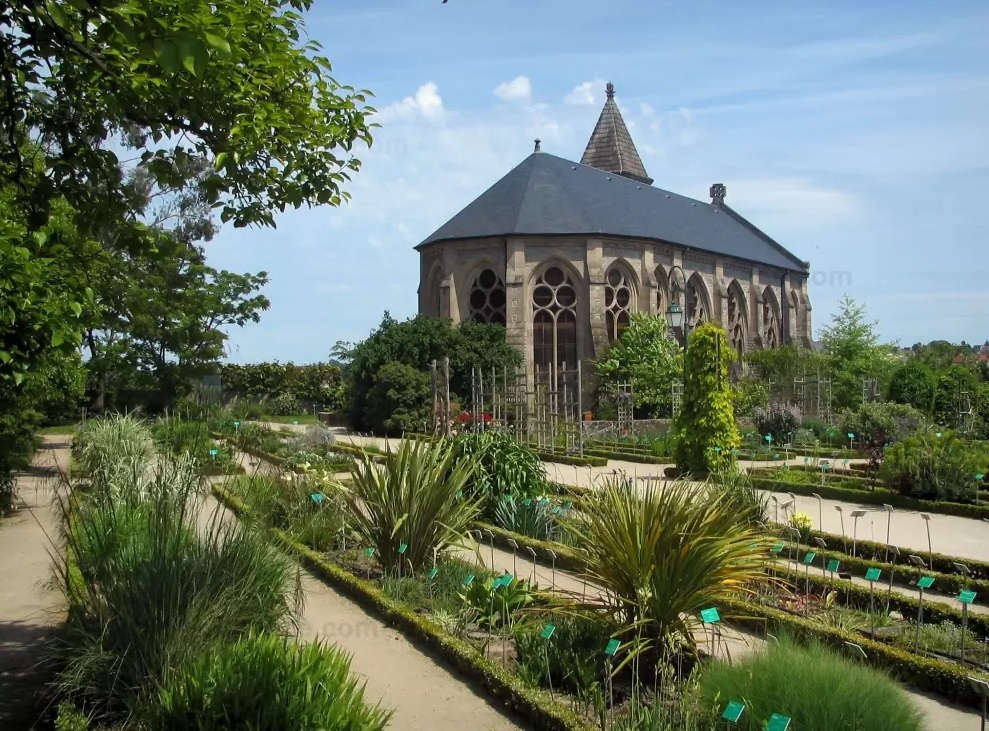
When the weather is nice, which is usually in the summer, a visit to the botanical gardens is recommended. This is located near the cathedral and it is a wonderfully quiet place with beautiful flowers and plants.
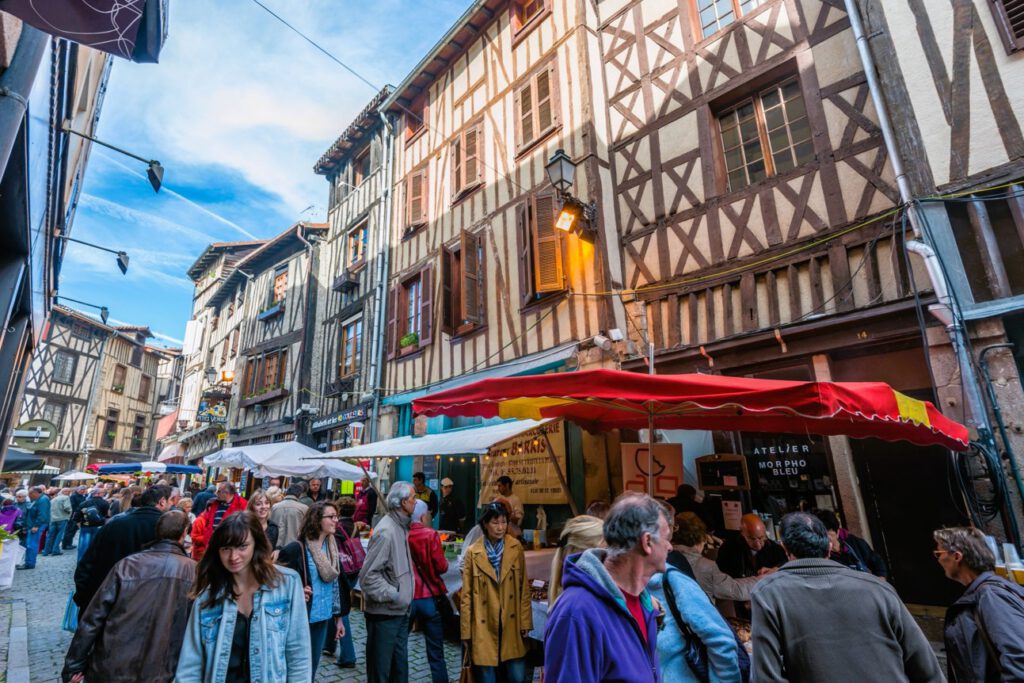
After all these interesting and beautiful things you will of course get hungry and you can eat well in Limoges. You do this in the cozy Quatiers de la Boucherie where, as the name says, you can eat excellent meat. A must is restaurant L'Amphitryon where you get the most delicious dishes for a very reasonable price.
History of Limoges
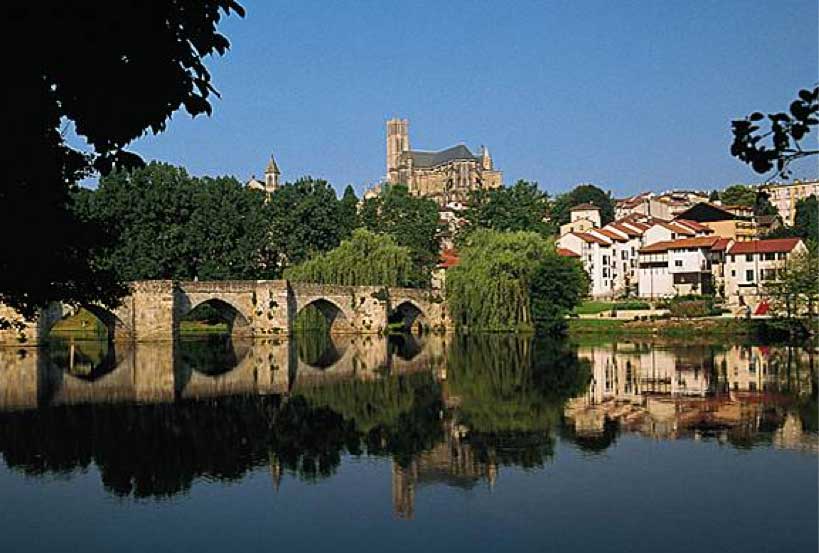
In the area around the place, several traces have been found that indicate that this region must have been inhabited in prehistoric times. The city was founded by the Romans around the year 10 BC, under the name Augustoritum, named after the Roman Emperor Augustus. Soon several typical Roman buildings were built, such as an amphitheater, a theater, a forum, baths and several sanctuaries. The city even got its own currency. This shows that Augustoritum was soon regarded as a very important city by the Romans. After the fall of the Roman Empire, Augustoritum was occupied by a Gallic tribe known as the Lemovices. They gave the city the name Limoges and the surrounding region the name Limousin. In the fourth century AD, the city was largely abandoned by its own inhabitants, who fled the invasions of various Germanic tribes. However, thanks to the first bishop of Limoges, Saint Martial, the area was converted and prosperous. From the eleventh century AD, Limoges grew into a thriving artistic center. In the thirteenth century, Limoges was at the height of its power. The city was protected by a large castle with walls 12 meters high. Despite the presence of this castle, the city was conquered by Edward van Woodstock, better known as the Black Prince, in the year 1370, during the Hundred Years' War between France and England. Reportedly, the English troops killed thousands of inhabitants. Despite this black page in its history, the city grew into the beautiful city as it is known today.
Limoges today
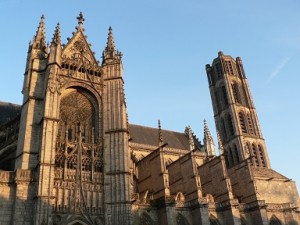
Today, this beach is known as one of the nicest cities in the west of France. There is therefore plenty to see and experience. For example, the cathedral of Limoges is more than worth a visit. This cathedral is known as a fine example of Gothic architecture. The National Porcelain Museum houses one of the richest collections of ceramics and has a huge collection of porcelain. Finally, the city center is also worth a visit. Here you will find numerous shops and terraces. A trip to Limoges is highly recommended in that regard.
Oradour-sur-Glane
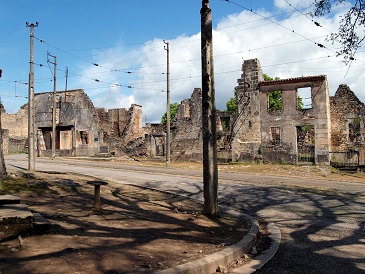
Oradour-sur-Glane was a village that was massacred by the Germans on June 10, 1944. The special thing about this location is that the village has been kept in its original state: largely destroyed. Nevertheless, a visit to this impressive location gives a chilling picture of the inhumane drama that took place here on June 10, 1944.
Lac de Sagnat

Etang (Lac) de Sagnat, a lovely lake of 22 hectares, 2 km from the town centre, fishing, playgrounds and picnic areas, sandy beach in trees. Supervised swimming from the beginning of July to mid-August.
Sports course and jeu de boules.
Around July 14, grand fireworks at the Lac de Sagnat.
On the weekend of July 14 there is the Bandafolies. A (music) event not to be missed: bandafolies.com
.
Lac de St. Pardoux
Just outside Razes, is the Lac de St. Pardoux.
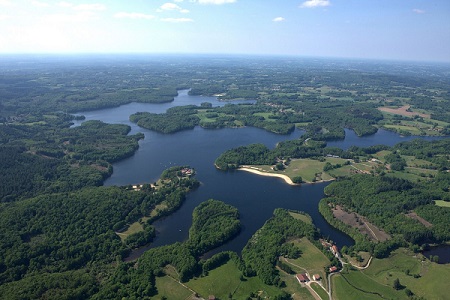
This lake is known as one of the most popular holiday destinations in the department Haute-Vienne. For example, there are several beaches at this lake and you can rent pedal boats or canoes at various locations. Fun for the whole family!
